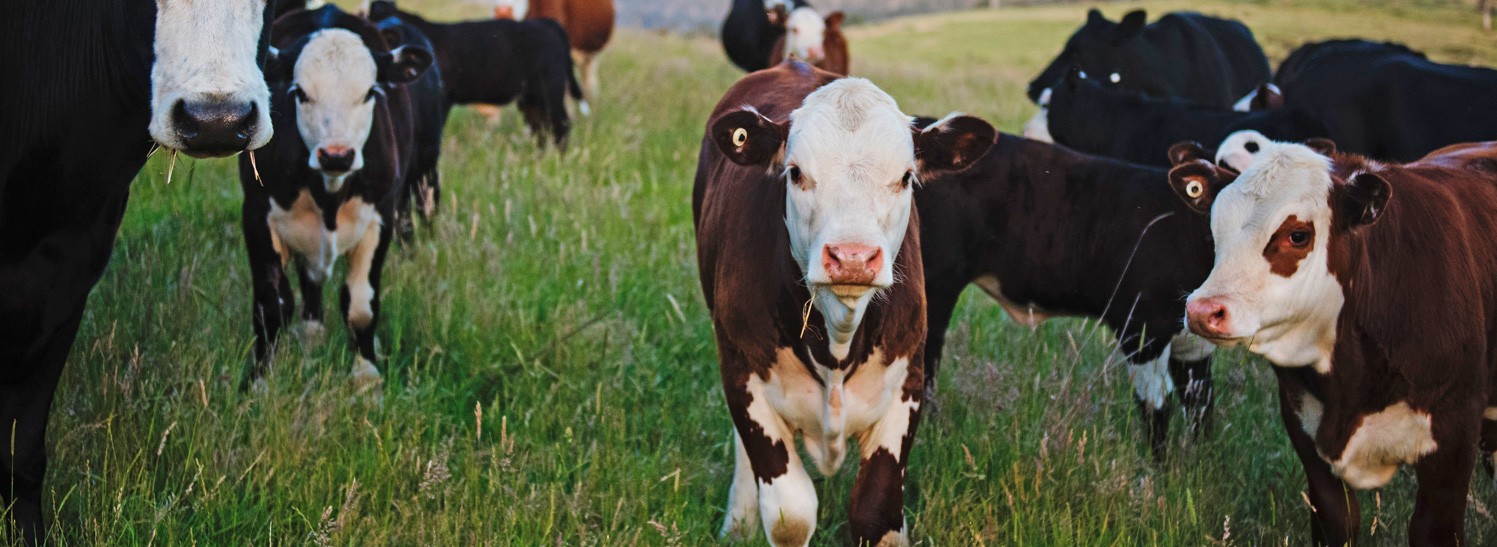Lameness in Irish cattle is both a welfare and a financial issue for farmers, with Teagasc research findings that ‘on average, one in ten dairy cows in Ireland is lame at any one time… with an estimated cost of at least €300 per lameness episode’ (see research here). This means that reducing lameness in your cows will save you a lot of money, time and stress, and it is not difficult to do.
Understanding the causes of lameness and knowing what to do to prevent these issues becoming a problem for your animals will help to keep your herd healthy. Taking steps to improve the health of your cows and identify and treat problems early can transform the way you manage your dairy herd and ensure better outcomes for your animals and your business.
Lameness and how to prevent it
Understanding the problems that can cause lameness and knowing how to spot the early signs is vital when you are responsible for a herd of cows. Lameness can affect factors such as milk yield and fertility, and knowing how to prevent it can make a world of difference. Lameness can be caused by:
1. The environment. The environment in which your cows are kept is a very important factor in keeping them healthy. For instance, surfaces that are wet and muddy can lead to softening of the claw horn and skin. Roadways and gateways in particular can increase risk as there are more likely to be stones or uneven surfaces that can cause damage or trauma to the hooves. If the lameness is caused by an infectious disease such as digital dermatitis, this will also be more easily spread and more severe if the living conditions of your cows are unhygienic. Your cows need plenty of space to move around, particularly for feeding, milking and resting, as this creates better conditions that encourage strong, healthy hoof development.
2. Animal management. Cows like to move around freely, walking at their own pace. If they are rushed, they are more likely to step on hazards and damage their hooves. Encouraging a ‘cow flow’ that allows cows to walk in their own time when they need to be moved can help to reduce lameness in your herd. Regularly checking the hooves of your cows will allow you to identify problems early and treat them effectively, increasing the chances of recovery. If you do not have a foot bathing programme, your herd will be at increased risk of lameness, as will bringing in new livestock if they are not checked and isolated properly. The diet you feed your cows is another important factor in protecting the health of your herd and you should ensure the nutritional balance is correct. For instance, if concentrates are introduced more quickly than they should be, there is an increased risk of developing laminitis, a condition in which the hoof becomes inflamed, and a lack of fibre in the diet will also lead to more lameness.
3. Individual factors. When monitoring your cows, their risk for lameness can be seen in their body condition score (BCS). If this score is low, your cow is at higher risk of lameness. Hormonal changes can lead to weakening of the hoof that can increase the chances of lameness, and once a cow has been lame, it is much more likely to happen again. Older cows are at greater risk, and a higher risk can also be a result of genetic factors.
How to identify and treat lameness in cattle
If you notice that one of your cows is lame, early treatment will be most effective regardless of the cause. If you are not trained to correctly treat lameness, you should contact a professional hoof trimmer or vet for help. In the meantime, you should keep your lame cow on a soft surface where minimal walking is required. Your vet may prescribe antibiotics and will discuss the best approach to milking to keep your animal comfortable.
Preventative hoof paring is an excellent way to protect your herd, and regular foot bathing is also an essential. Feet should be bathed at least once a week if cows are grazing outdoors, and more often if they are housed indoors. Checking your animals’ feet regularly is a very important way to identify any potential problems and treat them quickly, and this is easily solved when you simplify the process. A rollover crate is a great solution, allowing you to manage lameness and hoof trimming by yourself.
Make hoof maintenance easy with HoofCare Direct
A rollover hoof trimming crate will save you time and effort, simplifying hoof maintenance for you and your herd. Talk to us at HoofCare Direct to find out more about the Inspect4 Mobile Hoof Trimming Crate and the Inspect4 Fixed Hoof Trimming Crate and we’ll show you how rollover crates can transform your approach to caring for your cattle.

